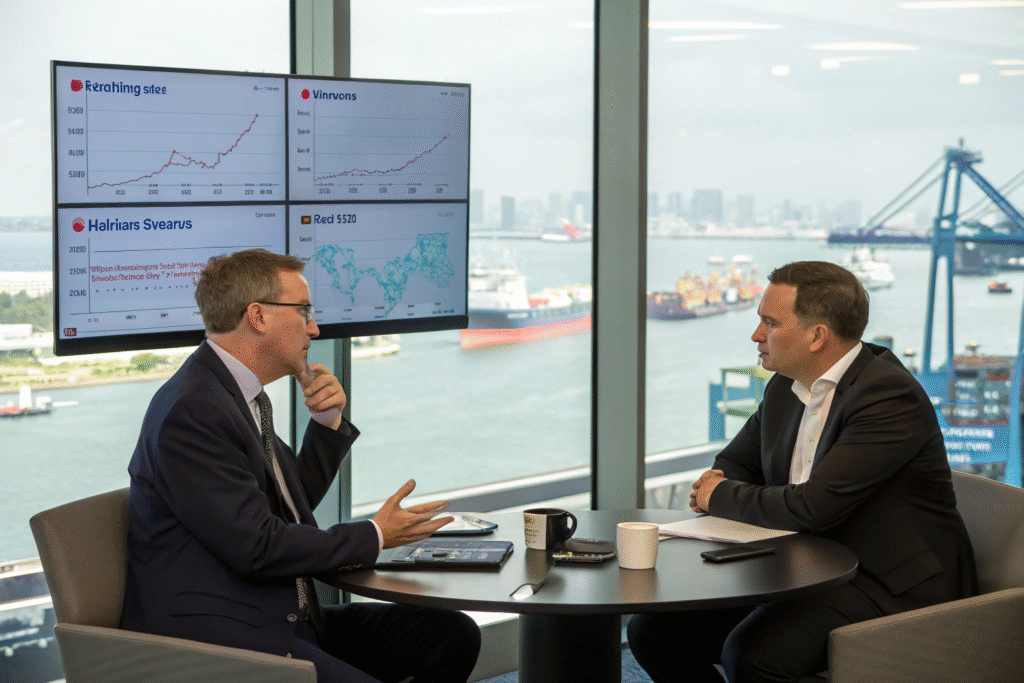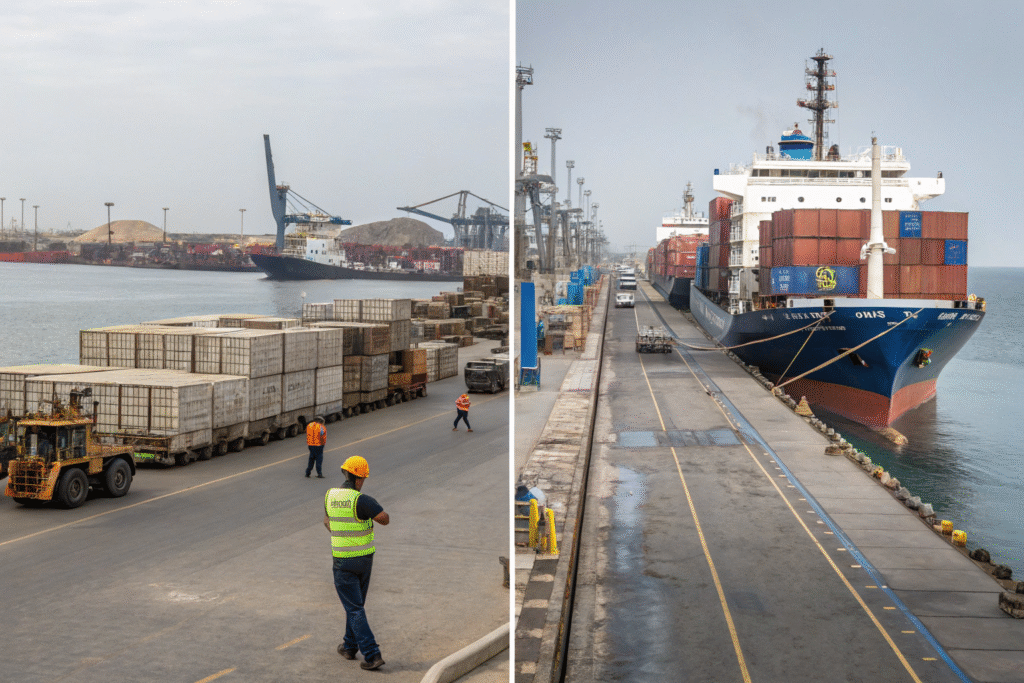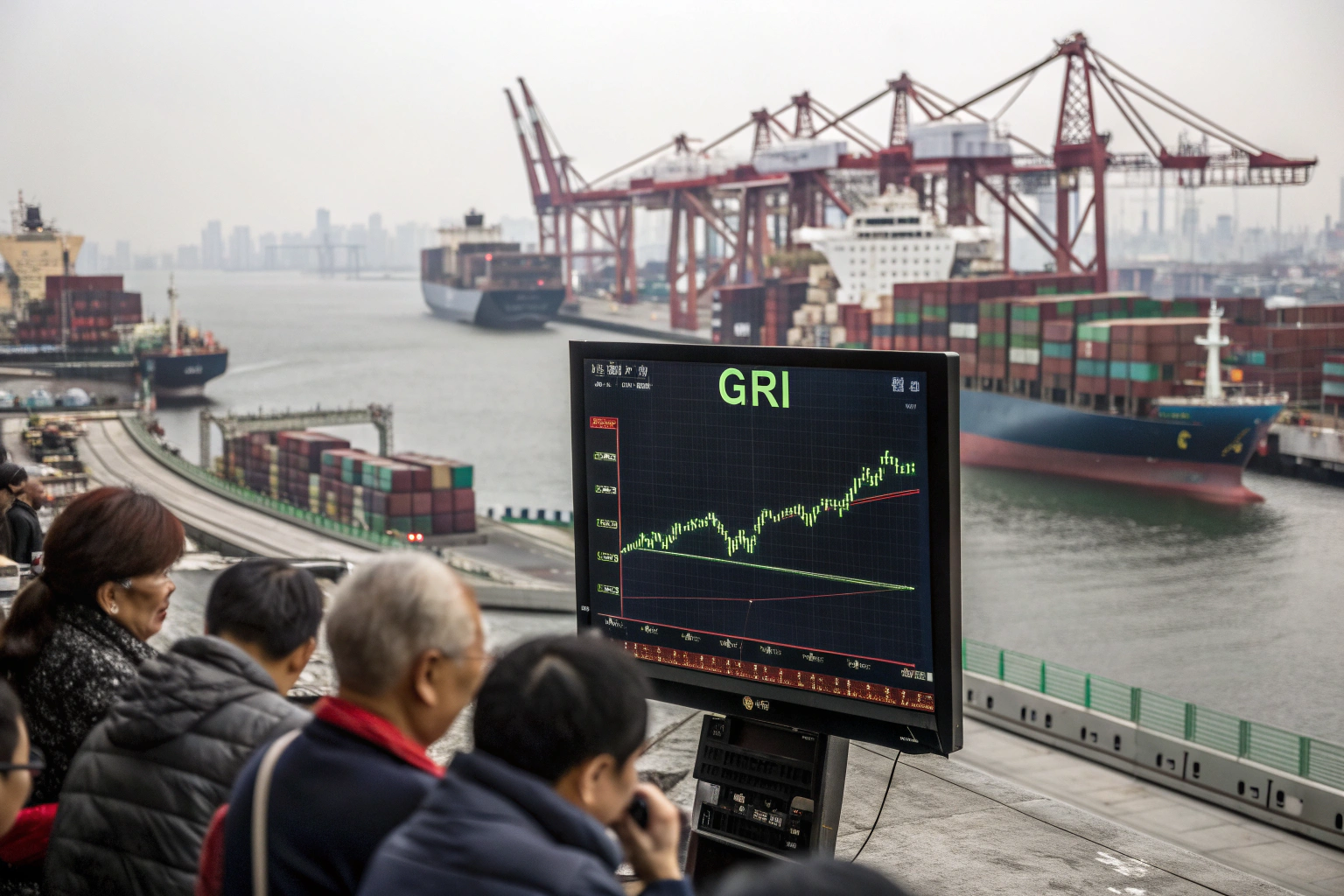Each time ocean carriers announce a General Rate Increase (GRI), freight buyers ask the same question: will it actually hold? August is no exception. Multiple shipping alliances, including Ocean Alliance (OA), 2M, and THE Alliance, have already released notice of GRIs starting August 1st. But with rate volatility and lingering overcapacity, many are skeptical.
Carriers’ planned GRIs for August may stick temporarily—but sustainability depends on capacity control, peak season volume, and market discipline.
If you're shipping from China to the U.S., understanding how GRIs play out is key to protecting your margins and planning your logistics strategy.
As a freight forwarder deeply involved in China-US lanes, I’ll break down what’s fueling the GRI push, how it’s likely to unfold, and what strategies shippers can use to stay ahead.
What Are GRIs and Why Do Carriers Use Them?

What Exactly Is a GRI?
A General Rate Increase (GRI) is a formal announcement by ocean carriers to raise base ocean freight rates for specific trade lanes, typically by a flat dollar amount per container (e.g., +$600/FEU). These increases are published 7–14 days in advance and apply to spot and sometimes contract shipments.
For the Asia-North America trade lane, GRIs are most common around:
- August–October (peak season)
- Post-CNY rebound (March–April)
- Year-end inventory rush (November)
You can monitor live GRI notices on Maersk’s Rate Announcements and CMA CGM’s Freight Rates.
Why Do Carriers Push GRIs?
Primarily to counteract falling spot rates caused by overcapacity, weak demand, or aggressive competition. GRIs are meant to:
- Boost short-term revenue
- Encourage early bookings
- Reset pricing before peak volumes hit
However, GRIs only stick if demand supports them, and carriers back the move with blank sailings or reduced space.
Learn more at Alphaliner weekly briefs or Drewry’s Container Insight Weekly.
What’s the Market Context for August 2025 GRIs?

Are Shipping Volumes Picking Up?
Yes, but cautiously. U.S. retailers began modest back-to-school restocking in late July. However, inventory levels remain high due to early summer shipments, and consumer demand is still soft in electronics, home goods, and gifts.
Data from S&P Global and Bloomberg Supply Chain Index show that while orders have slightly improved, they’re not booming.
How Strong Are Spot Rates Leading into August?
Weak. In July, rates from China to the U.S. West Coast fell to near $1,200/FEU, with some reports below $1,100. This is close to breakeven for many carriers, especially those with new vessel costs.
As of mid-July, SCFI shows:
- China–USWC: $1,230/FEU
- China–USEC: $2,050/FEU
Carriers now hope that limited space + GRI + peak push = stronger rates. But the math only works if competitors don't undercut the hike.
Track live rates at FBX Freightos Index and Xeneta real-time analytics.
Will the August GRIs Actually Hold This Time?

What Helps a GRI Stick?
Three main factors:
- Blank sailings: If alliances cancel sailings, they tighten space. OA has already blanked 37% of late July sailings.
- Peak season bookings: If back-to-school and early holiday goods pick up, demand supports higher rates.
- Carrier discipline: If all major lines enforce the same GRI, rates rise. But if one undercuts, others follow.
So far, only CMA CGM and Evergreen have confirmed full participation. Others like HMM and MSC remain cautious.
Stay tuned via Lloyd’s List and Container News GRI tracker.
What Undermines GRIs Quickly?
- Weak follow-through: Carriers publish GRIs but don’t enforce them
- Undercutting: One line offers a backdoor discount to gain bookings
- Poor volume: If shippers aren’t buying, GRI fizzles out
In many past cases, GRIs only lasted 1–2 weeks before rates fell back. That’s why freight buyers must stay alert and re-quote frequently.
More insights at The Loadstar’s GRI commentary and FreightWaves GRI analysis.
What Should Shippers Do to Manage Risk?

Should I Book Early or Wait?
If you have confirmed orders—book now. GRIs typically apply to spot bookings made after the GRI effective date. Booking early means:
- Locking in current rates
- Avoiding peak congestion
- Securing container equipment
Even if GRIs fade after a few weeks, early movers enjoy the benefit of predictable landed costs.
Use GoFreight platform or Cogoport booking tools for rate timing.
Should I Negotiate Fixed Contracts Now?
If your volumes are steady, yes. August can be a great time to secure short-term FAK (Freight All Kinds) deals that include:
- Fixed base rate
- GRI absorption clauses
- Guaranteed space on key lanes
GeeseCargo helps our clients split volumes across GRI-immune lanes and offers visibility via Project44 to avoid rate shocks.
Conclusion
Carriers’ GRIs for August are ambitious—but not guaranteed. If blank sailings hold and demand lifts, rates will climb briefly. If not, we’ll see another flash spike and quick dip. Smart importers won’t gamble. They’ll book early, monitor daily, and work with forwarders who give them options—not just prices. At GeeseCargo, we help you beat GRI uncertainty with agility and transparency.









